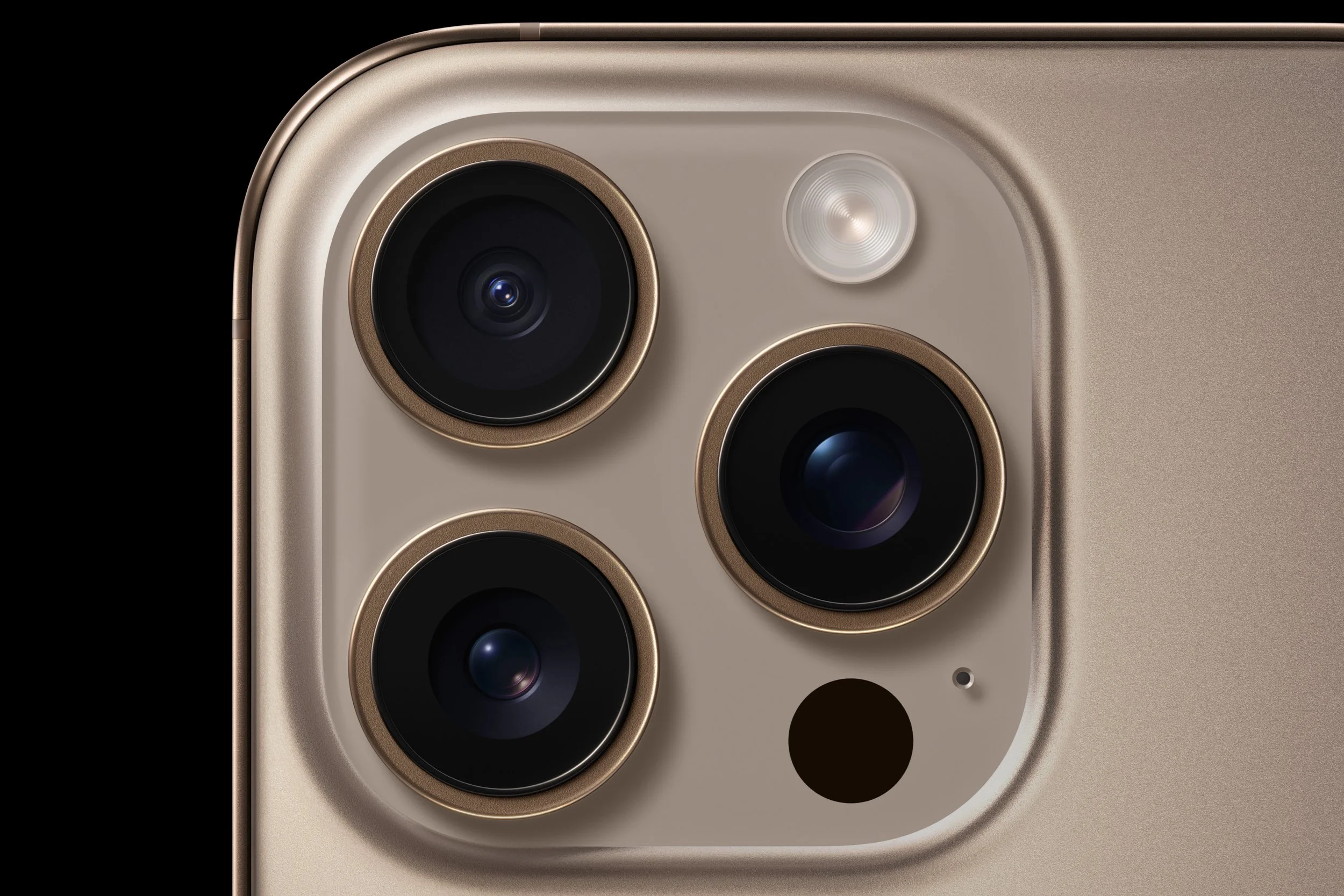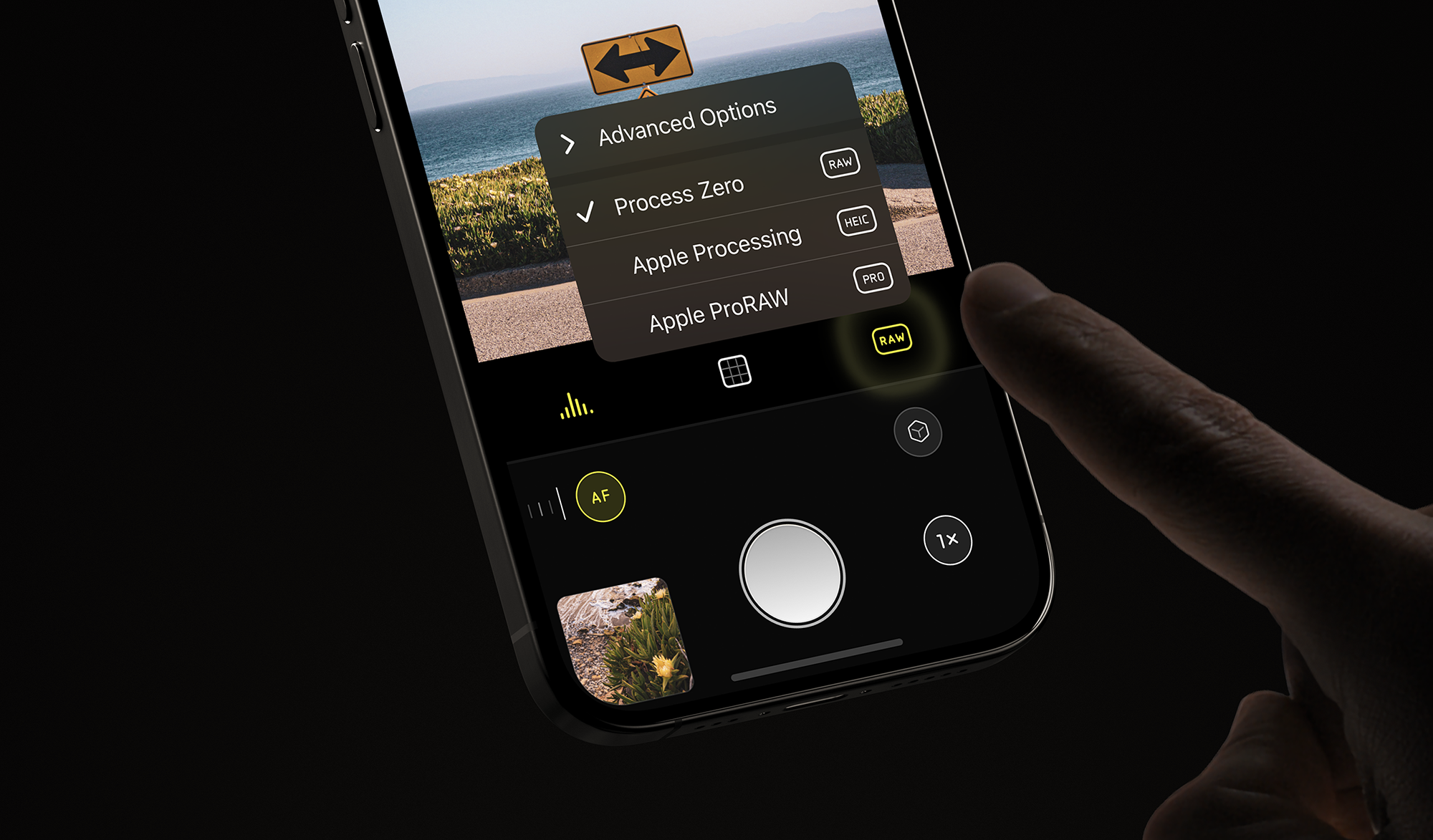How AI Is Transforming Photography—And How You Can Keep Your Creative Edge
Most of the photos you take today are altered by AI—whether you realize it or not.
And that isn't necessarily a bad thing. In fact, many of the images you capture, especially with smartphones, are the result of multiple shots and selective edits, all processed by machine learning algorithms to create ‘better’ photos. This is the era of computational photography.
However, when we don’t understand how these AI-driven effects work, we lose creative control over our photos.
To make the best artistic choices, it’s essential to understand how your photos are being influenced.
Computational photography is nothing new.
In the early days of digital photography, adjustments were basic: noise reduction, contrast tweaking, and rudimentary face detection were the pioneers of today’s powerful AI enhancements.
Then came the start of the smartphone era, and suddenly photography became accessible to everyone. It was quite an exciting time—sure, we had some nice digital cameras before, but this felt different. In a way, we experienced the democratization of photography.
And all this came right around the same time computer vision systems began to find their footing. Subject detection, object segmentation, and intricate ML-driven tools baked right into the system became commonplace.
AI began working behind the scenes to make everything look sharper, brighter, and in some cases, more pleasing right out of camera.
But here’s the question: Is smartphone photography real photography?
Absolutely.
I’ve spent years honing my craft using various camera systems, and the iPhone has been indispensable. At the end of the day, the quality of a photo isn’t defined by the device but by the creativity and vision behind it. In many ways, AI amplifies the creative potential of smartphone photography, making high-quality photography more accessible and empowering photographers to realize their vision faster.
Photography is not defined by gear—it’s about vision.
Using AI is a wonderful way to help the artist bring their vision to life. Some of my favorite shots over the years have been taken with an iPhone when I didn’t have my dedicated camera with me. If I didn't have my iPhone with me, those photos would not exist today, and I wouldn't have grown as a photographer.
As I’ve often heard it said, the best camera is the one you have with you.
AI is the silent partner behind your smartphone photos.
The iPhone 16 Pro camera system. Image: Apple
With this in mind, let's take a closer look at how AI actually affects smartphone photos.
For example, Apple has long embraced AI in their photography systems, though their approach remains subtle, especially in marketing. They often sell the feature (e.g., Smart HDR, Deep Fusion, Night Mode, etc.), rather than the underlying technology, but the result is the same: we’re at a point where most iPhone photos are quite processed right out of the box. And now with Apple Intelligence, things are bound to keep going in that direction.
Google and other companies take similar approaches, though some lean more into the AI hype. A recent example is Google’s “Add Me” feature, which allows Pixel 9 users to insert themselves into a group photo by posing solo in the same scene—no tripod needed. And this is all in addition to the countless generative AI tools out there for photography.
As AI continues to blur the lines between enhancement and creation, it raises important questions about the nature of photography.
How far is too far with AI in photography?
This line between enhancement and creation is where things get interesting.
Using AI to optimize an image’s exposure or sharpness feels like a natural evolution of photography. But creating entirely new elements or radically altering scenes challenges what we traditionally consider photography. At what point do AI-altered images cross the line from photography to digital art?
This is a question worth asking.
When it comes to AI in photography, it's all about intent.
At the end of the day, we need to be honest about our intention behind every photo we take.
Do you want to document a point in time, or do you want to create an art piece? These are both equally valid, but your use of AI should reflect your intent. If not, the photo will confuse your audience.
If you want to document and capture, you should aim to have your images be as true to life as possible. While a photographer should always strive to bring their creative vision to life, you would rarely see, for example, a wedding photographer adding people to a group photo that were not originally there, or replacing a bouquet of flowers with a random image of Moo Deng. Their job is to simply document that beautiful day in an artistically tasteful way.
That being said, there is still room for generative AI when it comes to planning, inspiration, or even for removing distracting objects, but in general, you should aim to capture what really happened.
If your goal is to create an entirely new art piece, generative AI can be a valuable tool. But you should be clear about your intentions with your audience, and you should clearly set the expectation that, at least partially, your piece involved using this tool. This is because, in theory, you’re using other people’s art as well. As part of the generative AI training process, these models look at thousands of images made by other artists.
Nonetheless, I do think there is room for both.
AI should serve your creative purpose, not define it.
The best way to avoid having ML-processed images is to use a dedicated camera.
After all, part of the joy of photography is learning how to hone your craft using various tools. If you use a dedicated camera, you have a lot more say about the final image, especially if you shoot RAW. Plus, you get the benefit of learning something new.
So, for photographers who want more control over their images—or for those who simply enjoy the process—dedicated cameras offer an appealing alternative to computational photography.
That being said, there are tools out there that give you more choices when it comes to smartphone computational photography.
Process Zero in Halide. Image: Lux Optics
An app I've been using for years is Halide by Lux Optics, which gives pro photographers a great collection of tools for taking images on iPhone. Recently, they introduced a new feature called Process Zero, which “uses zero AI and zero computational photography to produce beautiful, film-like natural photos.” It's the perfect solution for those who want to be able to control how their iPhone image is processed.
Now, this is a clear shift in the opposite direction of where the computational photography industry is going, and this is both brave and extremely refreshing to see.
If you’re shooting on iPhone, and you’re looking for a photography workflow that gives you a fully unaltered photo, this is a great alternative. Plus, I'm always for supporting indie developers, and these guys are the real deal. This article is in no way sponsored by them, but I do strongly believe Halide is an awesome product, and giving us the choice of image processing type is extremely welcome.
AI and photography can coexist, as long as you stay in control.
Ultimately, understanding how AI influences our photos allows us to use it more effectively—whether we’re enhancing a moment or creating something entirely new.
I personally sit right in the middle between the fields of AI and photography, and these are choices I have to make every time I take a photo. And I do believe AI can be a wonderful tool in photography, as long as you are honest about your intent. In a world where AI is both a tool and a creator, the future of photography will depend on how we, as artists, navigate this new landscape.
Whatever tools you use, whether enhanced by AI or not, always remember to enjoy the process—because photography, at its core, is about the joy of capturing and creating.


